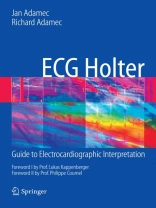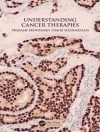For centuries the analysis of the heart rhythm has belonged to the foundations of medical art. We know that doctors in ancient Tibet used the interpretation of the heart rate to draw prognostic conclusions—somehow a modern rationale—that deserves further attention. The rapid advancement of science is providing more and more information about the details, but the subatomic resolution of structures hides the risk and the complex procedures are fragmented into static impressions. The same has happened to the ECG. The revolutionary development, acknowledged by the Nobel Prize for Einthoven, ledfromtheanalysisofthedynamicheartratetothestaticanalysisofthe heartstream curve. It is only with the ECG Holter recording over longer periods that the cardiologists rediscovered the old dynamic. With the continuous recording of the heart rate and its periodicity, it became accessible to a new dimension, a dim- sion that requires technically well-de?ned foundations for accurate data coll- tion, detailed knowledge of the electrocardiologic particularities of arrhythmia, and medical knowledge for the translation of the results into a diagnostic synthesis. With the ECG Holter the issue is no longer just to detect an arrhythmia, but also to determine dynamic circumstance in which the critical event occurred. In fact, we investigate the trigger, the event, and the context, and we have to integrate all of that information within the clinical picture, from the pathology right through to the symptom—indeed a multi-dimensional task.
विषयसूची
Technical Aspects.- Electrocardiographic Interpretation.- Presenting ECG Holter Data.- Clinical Applications.- Other ECG Recording Systems.- ECG Holter and Implanted Cardioverter Defibrillators.- ECG Report Example.- Conclusion.












